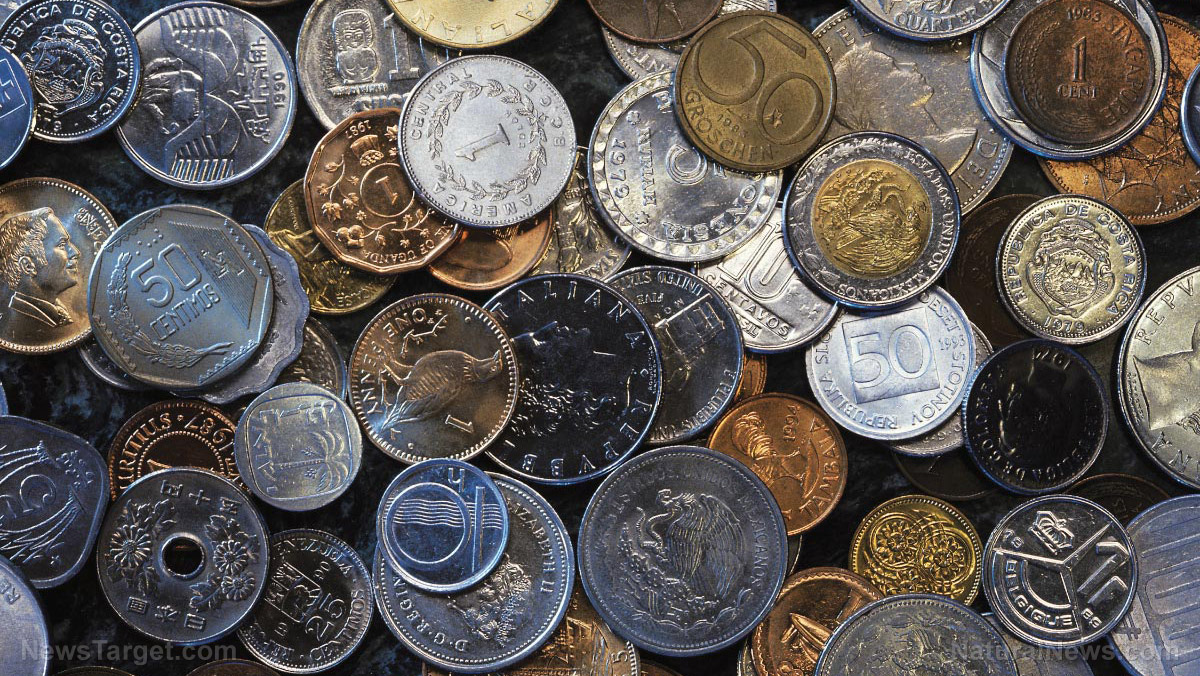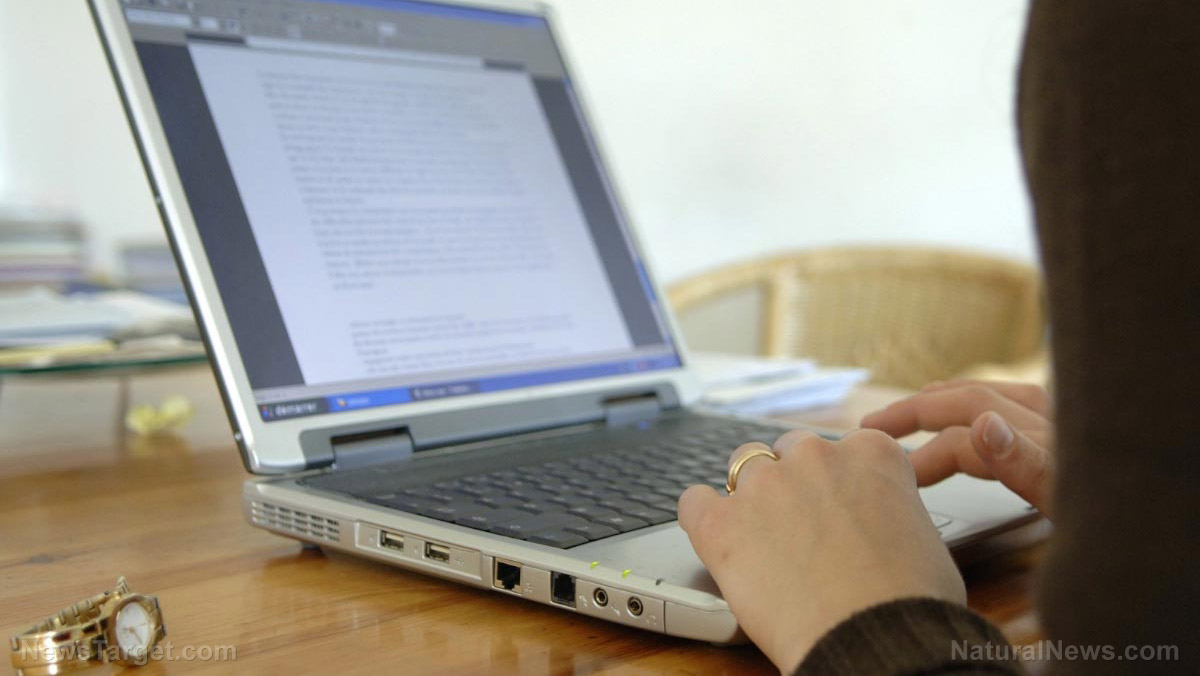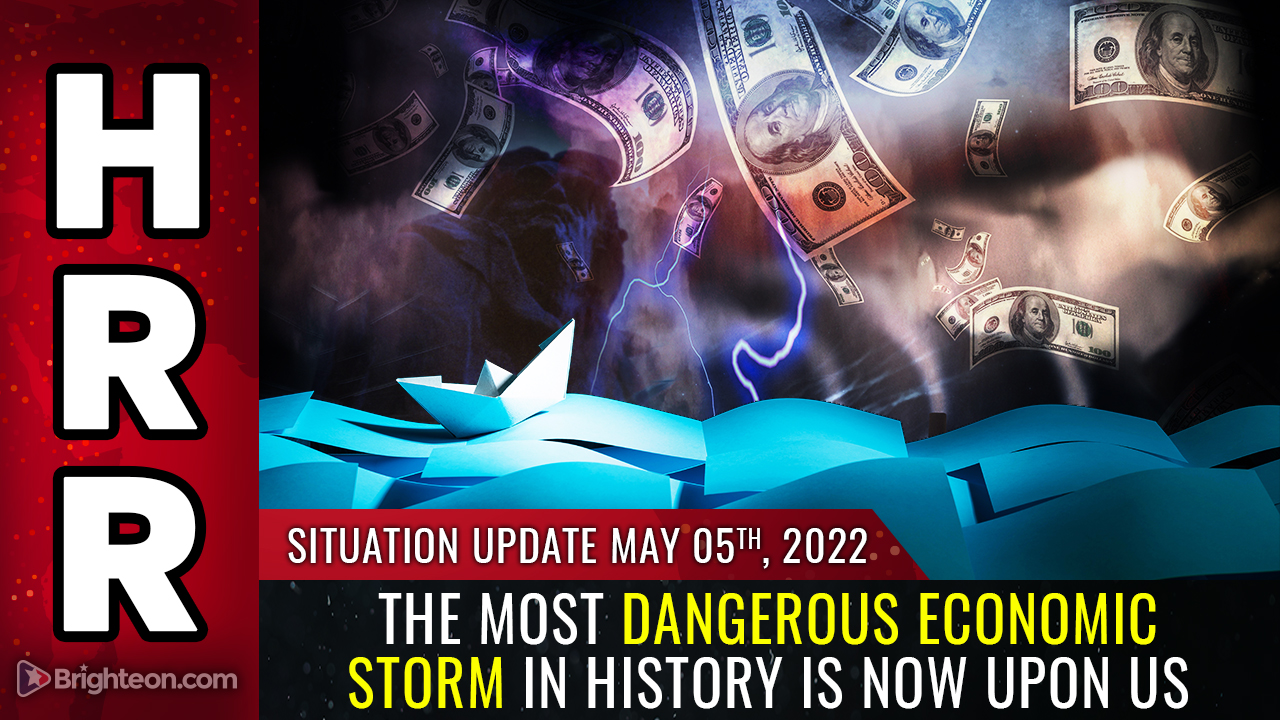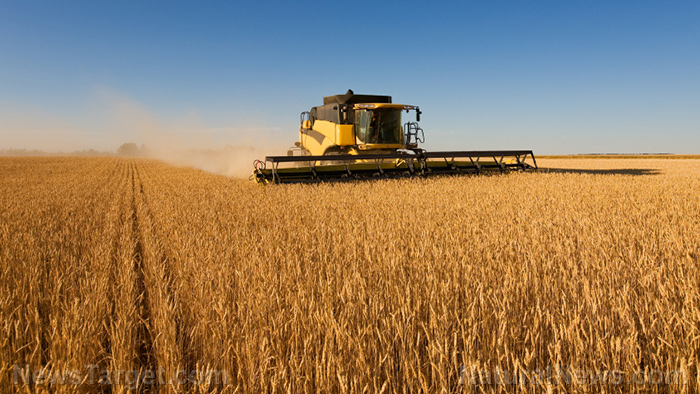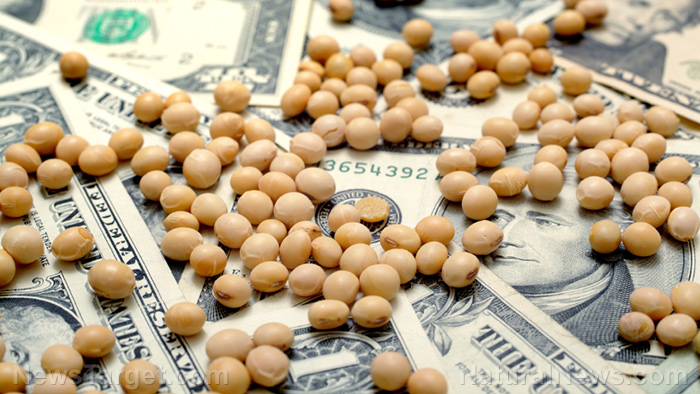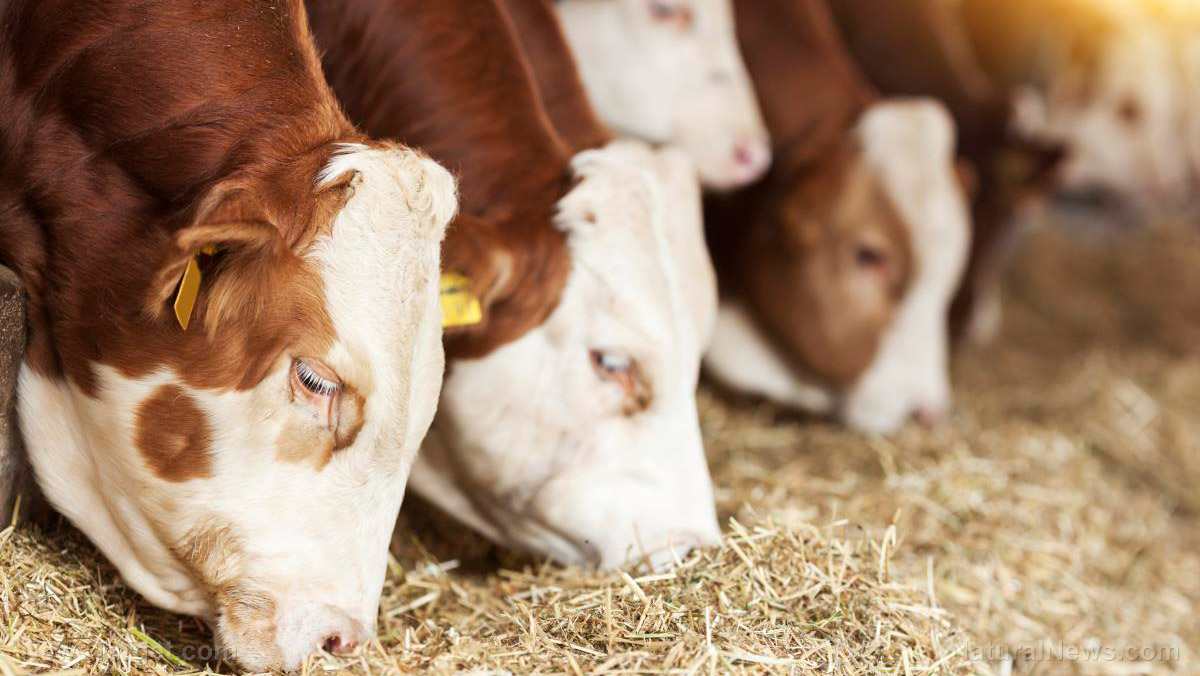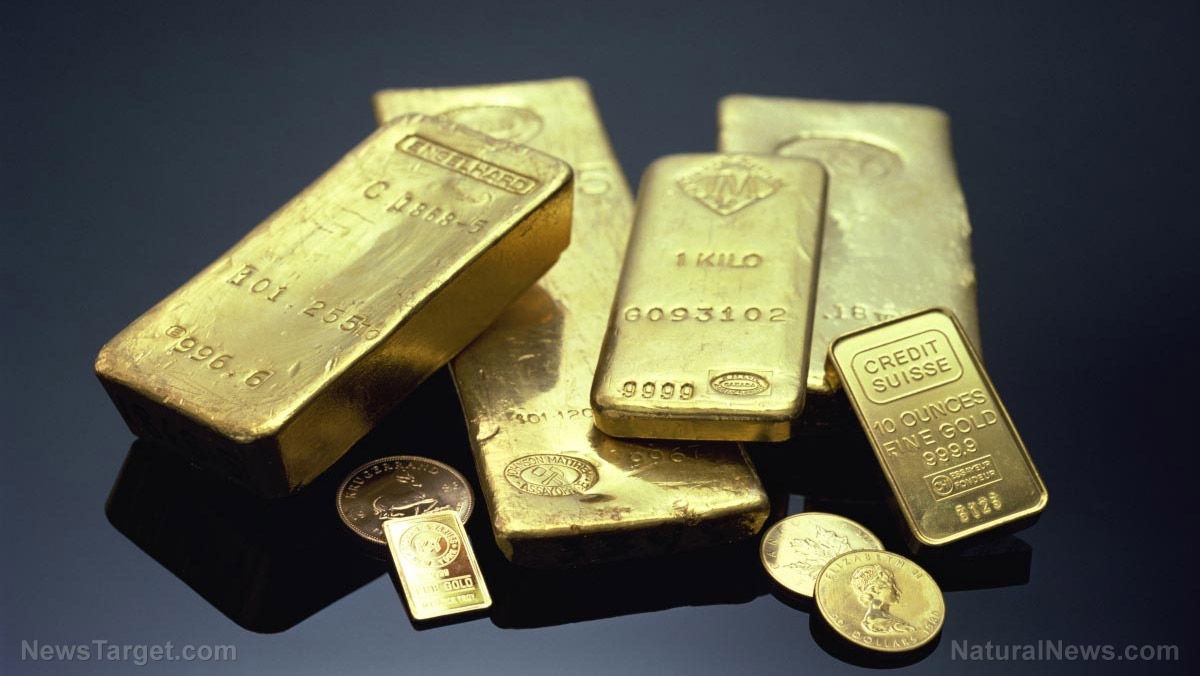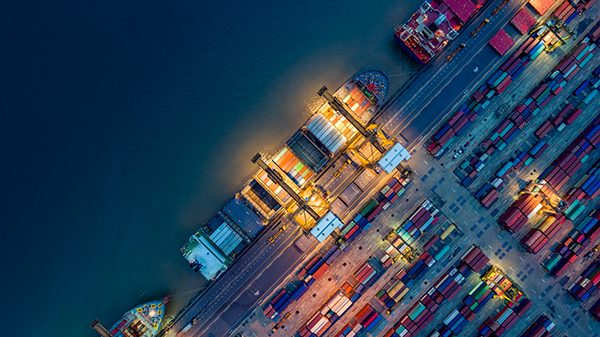Aluminum and nickel, other commodity prices rise following Russia’s move on Ukraine
02/24/2022 / By Mary Villareal
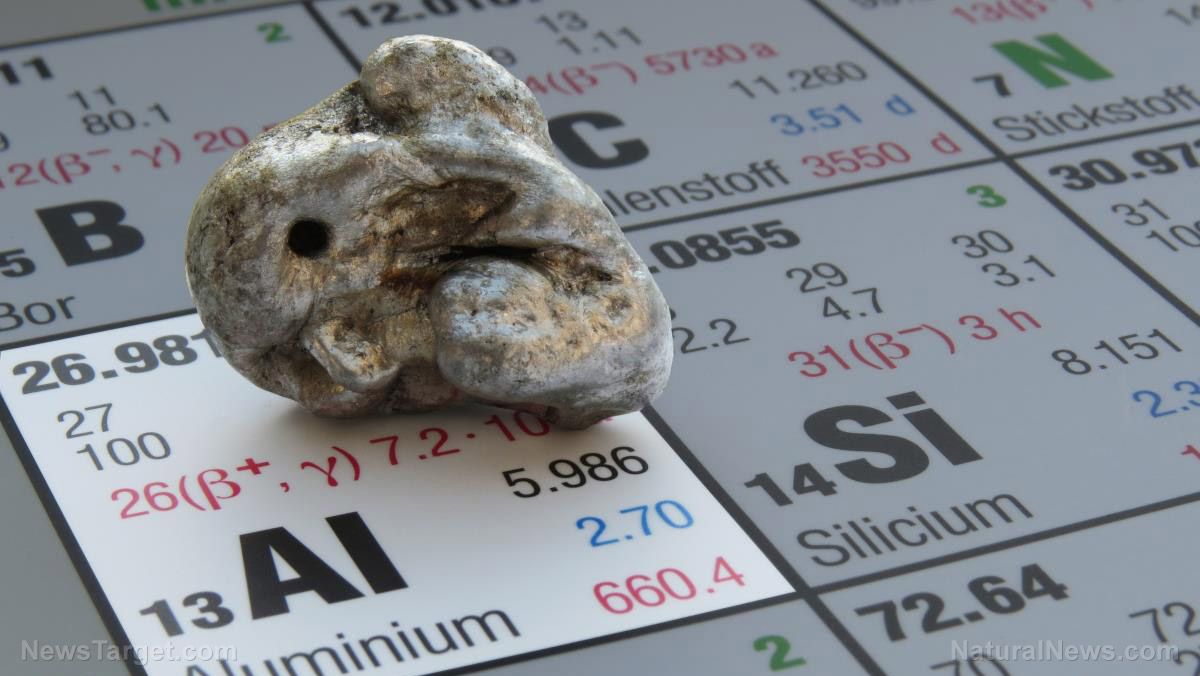
Aluminum and nickel prices spiked after Russia moved troops to two areas in Ukraine and declared them as independent regions. Aluminum prices, which were at $3,270 per ton on February 21, jumped 3.67 percent to around $3,390 the following day. Meanwhile, nickel, which was trading at $24.350 per ton, jumped 3.9 percent to $25,300 on the same dates.
Prices of aluminum have increased 20 percent, while nickel is up by 22.7 percent since the beginning of the year. The London Metal Exchange (LME) also broke through 13-year highs in aluminum, while nickel is at its highest since August 2011.
Tensions between Russia and Ukraine escalated on February 21 after Russian President Vladimir Putin recognized Ukraine’s pro-Moscow regions, Luhansk and Donetsk, as independent states. This came after the leaders of the said areas requested Putin to recognize their independence from Ukraine. The Russian president then ordered troops into the region for “peacekeeping.”
Washington was not happy with the decision, calling the move “nonsense” and accusing Moscow of creating a pretext for war. Russia has now amassed over 150,000 troops near its border with Ukraine, and while several western countries are expected to put sanctions on Russia, the move is expected to add upward pressure on metal prices.
Russia, which is a major producer of aluminum, produced 3.7 million metric tons last year, making up 5.44 percent of the global production of around 68 million metric tons. The country also creates roughly 10 percent of the global nickel supply.
John Meyer, an analyst with broker SP Angel, said that the metals market will react to a Russian invasion of Ukraine. “China will buy Russian aluminum and other metals in defiance of EU and US sanctions but there will still be shortages of specific grades in all regions,” he added. (Related: Biden ratioed for feckless responses to bold Russian moves to build up forces along the border with Ukraine.)
The supply for these metals is also concerning. According to the International Aluminum Institute, the global output of aluminum declined 4.5 percent year-on-year in January. Aluminum stocks at the LME is at 788,425 tons on January 31, and this is 44.8 percent less than the 1,428,175 tons at the end of January last year. Meanwhile, nickel stocks during the same period have fallen 64 percent – from 248,856 tons to 89,364 tons.
Premiums for cash aluminum over a three-month contract were put at $45.30 per ton, while nickel was at $522 per ton, indicating that there is a shortage in supply.
Kunal Sawhney, chief executive at research firm Kalkine, said that aluminum prices are likely to hover higher in the near- to medium-term. However, things may calm down once President Joe Biden and Putin come to an agreement on Ukraine. By then, prices will be decided not by supply, but by demand forces.
Other products could also suffer as tensions rise
The conflict between Russia and Ukraine has contributed to the increase in prices over a number of commodities in the past few weeks. With Russia being a major producer not only of nickel and aluminum but of oil, natural gas, palladium and wheat; and Ukraine being a major corn and wheat exporter, not to mention an important transit route for natural-gas flows to Europe, more products could increase their prices in the coming weeks.
The U.S. and global benchmark oil prices have seen their highest levels since September 2014, and according to energy markets analyst Marshall Steeves, global inventories have already been tightening even before the latest developments in Ukraine.
Further mentions and ratcheting up in troops could also support additional gains, although it remains to be seen how far the situation could deteriorate. (Related: Rising gas prices to hit $7 a gallon if crude oil cost spikes and tension between Russia and Ukraine escalates.)
On February 22, Germany also took steps to halt the process of certifying the Nord Stream 2 natural gas pipeline from Russia. For natural gas, the U.S. forecast that it is nominally supportive with temperatures expected to trend below normal.
Platinum and palladium prices have also rallied since the beginning of 2022 and their price increase is expected to continue if the Ukraine situation deteriorates further. The most active April platinum contract added $9.20, trading nearly 12 percent higher year-to-date.
Russia and Ukraine account for almost one of every three bushels of global wheat exports. They also account for almost one out of every five bushels of global corn exports. While fears of export disruptions are supporting the prices so far, there has been no actual disruption of exports or of offers to export wheat and corn from the Black Sea yet, which keeps the prices from moving even higher.
More related stories:
Putin declares two Ukraine regions “independent republics,” sends in “peacekeeping” troops.
Russia recognizes breakaway republics of Ukraine as U.S. tries to exploit the region for global war.
Western media is literally peddling Neo-Nazi propaganda to prompt war between Russia and Ukraine.
Watch the video below to learn more about the ongoing tension between Russia and Ukraine.
This video is from the American Media Periscope channel on Brighteon.com.
Follow WWIII.news for more updates related to conflicts between countries around the world.
Sources include:
Submit a correction >>
Tagged Under:
aluminum, Bubble, Collapse, economy, Inflation, Joe Biden, London Metal Exchange, market crash, metal prices, metals, nickel, oil prices, price increase, products, Russia, Ukraine, Vladimir Putin, World War III
This article may contain statements that reflect the opinion of the author
RECENT NEWS & ARTICLES
COPYRIGHT © 2017 BUBBLE NEWS




